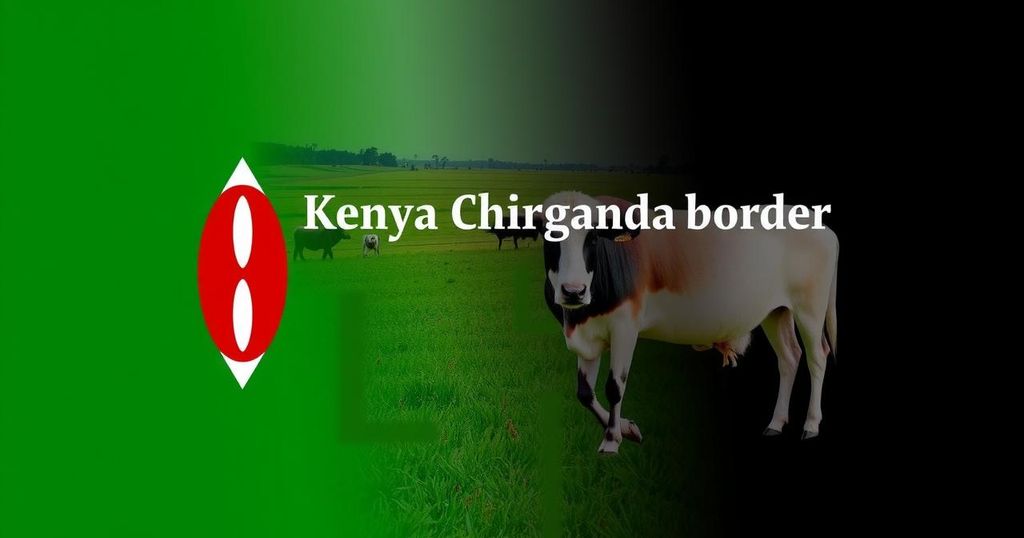Climate Change and Livestock Diseases: Challenges at the Kenya-Uganda Border

Climate change is intensifying livestock diseases along the Kenya-Uganda border, leading to socio-economic tensions and conflicts as pastoralists seek grazing land amid drought. Local leaders are advocating for collaborative health interventions and resource-sharing agreements to enhance community resilience and sustainability.
Climate change has exacerbated livestock diseases along the Kenya-Uganda border, creating tensions among pastoral communities. Since the 1973 peace agreement, relations have been relatively stable, allowing for conducive cross-border trade. However, severe drought in areas such as Turkana has led herders to seek grazing land in Uganda’s Karamoja region, resulting in increased conflict with armed bandits. Mr. Korobe Ngasike, a herder from Nawountos village, highlighted that coordinated security efforts have inadvertently increased the vulnerability of herders to transboundary animal diseases, which are aggravated by changing climate conditions. “Our search for pasture forces some of us to settle at border areas with a high burden of cattle vector-borne diseases and Peste des Petits Ruminants,” he stated. He also noted a significant shift in traditional livestock recovery strategies from counter-raiding to a focus on disease concerns. Community leaders have committed to addressing health challenges through joint livestock treatment and vaccination initiatives, emphasizing the importance of equitable resource sharing derived from joint policies. Mr. Joseph Areng, a Peace Building Officer, expressed the vision for sustainable pastoralism and coexistence through these collaborative efforts. Herders like Mr. Charles Ekai have reported severe infestations of tsetse flies, leading to increased livestock mortality due to diseases such as trypanosomiasis. These husbandry challenges are compounded by inadequate infrastructure for veterinary support, limiting timely assistance. Turkana Governor Jeremiah Lomorukai and minister Peter Lokeris from Uganda underscored the necessity for mutual cooperation in tackling the multifaceted challenges along the border. Governor Lomorukai advocated for the completion of resource-sharing agreements between the two nations, which he characterized as vital for long-term socio-economic enhancement in the region. Dr. Lokeris reiterated that peace and unity are paramount to development at the border. This evolving landscape presents complex interrelations that require strategic partnerships to mitigate the ongoing challenges posed by climate change and livestock diseases while fostering sustainable development and community resilience.
The phenomenon of transboundary animal diseases poses significant challenges for livestock-reliant communities, especially in regions straddling national borders. These diseases can spread rapidly across territories, bringing about dire socio-economic and public health ramifications. Such conditions have been notably pronounced in the Kenya-Uganda border region, where pastoralist communities traditionally depend on grazing lands that transcend international boundaries. Historical context illustrates a shift in community relations, particularly since the implementation of peace agreements, which have enabled trade yet created new vulnerabilities amid environmental stressors brought by climate change, such as prolonged drought and water shortages.
In summary, climate change and its consequent impact on livestock diseases have led to increased tensions among communities along the Kenya-Uganda border. The call for joint health interventions and resource-sharing agreements is crucial to fostering peace and cooperation. As these communities confront the dual threats of disease and armed conflict, there is a pressing need for collaborative efforts that support sustainable development and resilience in the face of environmental changes.
Original Source: nation.africa






